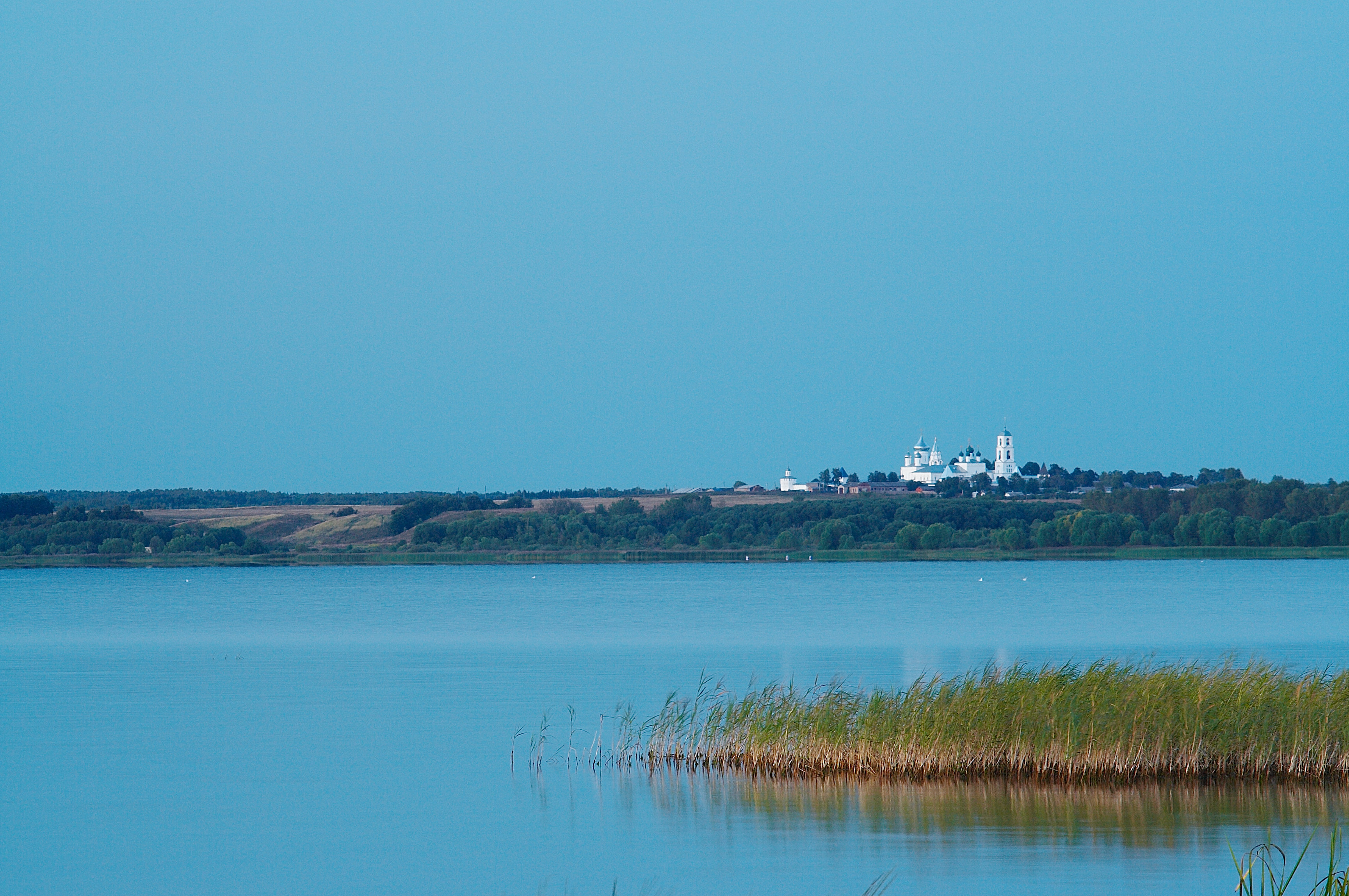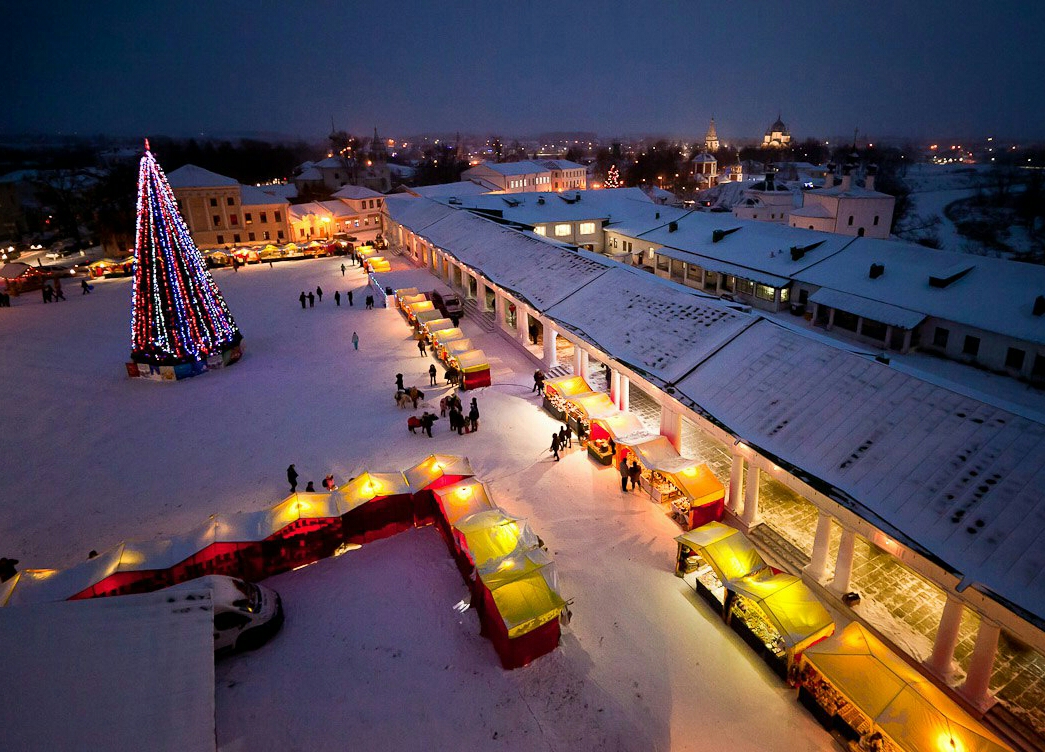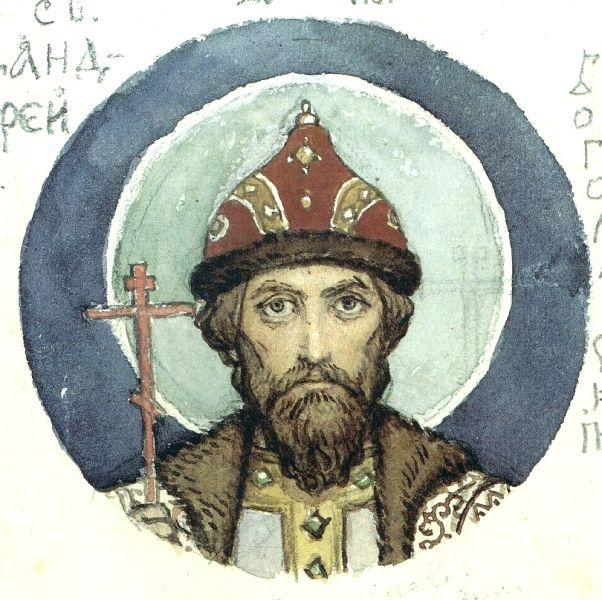|
Opolye
Zalesye ( rus, Зале́сье, p=zɐˈlʲesʲjə, ''area beyond the forest'') or Opolye ( rus, Опо́лье, p=ɐˈpolʲjə, ''area in the fields'') is a historical region of Russia, comprising the north and west parts of Vladimir Oblast, the north-east of Moscow Oblast and the south of Yaroslavl Oblast. As the kernel of the medieval state of Vladimir-Suzdal, this area played a vital part in the development of Russian statehood. The name ''Zalesye'' alludes to the deep woods that used to separate the medieval Principality of Rostov from the Republic of Novgorod and from the Dnieper principalities. Merians, Muroma, and other Volga Finnic tribes inhabited also the area. There was a strong interaction between the Slavs and Finnic peoples in these territories. In the twelfth century, this fertile area, being well protected from Turkic incursions by the forests, provided a favourable oasis for Slavic people migrating from the southern borders of Kievan Rus. The population of t ... [...More Info...] [...Related Items...] OR: [Wikipedia] [Google] [Baidu] |
Starodub-on-the-Klyazma
Starodub-on-the-Klyazma ( rus, Староду́б-на-Кля́зьме, p=stərɐˈdub nə ˈklʲæzʲmʲɪ) was a prominent urban centre of Russian Opolye from the 12th until the 14th century. Like so many towns in the vicinity, it was named by migrating population for a southern city they came from, in this case, for Starodub in Severia. The town was on the bank of the Klyazma River about twelve kilometres from the modern-day Kovrov. Nowadays, the village of Klyazminsky Gorodok stands on the spot. During the Mongol invasion of Russia, the youngest of Vsevolod III's sons, Ivan, made Starodub his seat (1238). His descendants ruled the tiniest of Russian principalities for more than a century, desperately trying to fend off attacks by two powerful neighbours—Muscovy and Nizhny Novgorod. Their ephemeral power came to an end in the 1370s, when the town was eventually annexed by Dmitry Donskoy. Thereupon numerous scions of Starodub dynasty moved to Moscow, where they formed ... [...More Info...] [...Related Items...] OR: [Wikipedia] [Google] [Baidu] |
Suzdal
Suzdal ( rus, Суздаль, p=ˈsuzdəlʲ) is a town that serves as the administrative center of Suzdalsky District in Vladimir Oblast, Russia, which is located on the Kamenka River, north of the city of Vladimir. Vladimir is the administrative center of the surrounding oblast. As of the 2021 Census, its population was 9,286. Suzdal is one of the oldest Russian towns. In the 12th century, it became the capital of the principality, while Moscow was merely one of its subordinate settlements. Currently, Suzdal is the smallest of the Russian Golden Ring towns, but it has more than 40 historically important monuments and 200 architectural sites. Several of these sites are listed as UNESCO World Heritage Sites. History The town's history dates back probably to 999 or 1024, and in 1125 Yury Dolgoruky made Suzdal the capital of the Rostov-Suzdal principality. Suzdal began to function as a capital at the time when Moscow was still a cluster of cowsheds. In 1157, Andrei Bog ... [...More Info...] [...Related Items...] OR: [Wikipedia] [Google] [Baidu] |
Moscow
Moscow ( , US chiefly ; rus, links=no, Москва, r=Moskva, p=mɐskˈva, a=Москва.ogg) is the capital and largest city of Russia. The city stands on the Moskva River in Central Russia, with a population estimated at 13.0 million residents within the city limits, over 17 million residents in the urban area, and over 21.5 million residents in the metropolitan area. The city covers an area of , while the urban area covers , and the metropolitan area covers over . Moscow is among the world's largest cities; being the most populous city entirely in Europe, the largest urban and metropolitan area in Europe, and the largest city by land area on the European continent. First documented in 1147, Moscow grew to become a prosperous and powerful city that served as the capital of the Grand Duchy that bears its name. When the Grand Duchy of Moscow evolved into the Tsardom of Russia, Moscow remained the political and economic center for most of the Tsardom's history. When th ... [...More Info...] [...Related Items...] OR: [Wikipedia] [Google] [Baidu] |
Mongol Invasion Of Kievan Rus'
The Mongol Empire invaded and conquered Kievan Rus' in the 13th century, destroying numerous southern cities, including the largest cities, Kiev (50,000 inhabitants) and Chernihiv (30,000 inhabitants), with the only major cities escaping destruction being Novgorod and Pskov, located in the north. The campaign was heralded by the Battle of the Kalka River in May 1223, which resulted in a Mongol victory over the forces of several Rus' principalities as well as the remnants of the Cumans under Köten. The Mongols retreated, having gathered their intelligence, which was the purpose of the reconnaissance-in-force. A full-scale invasion of Rus' by Batu Khan followed, from 1237 to 1242. The invasion was ended by the Mongol succession process upon the death of Ögedei Khan. All Rus' principalities were forced to submit to Mongol rule and became vassals of the Golden Horde, some of which lasted until 1480. The invasion, facilitated by the beginning of the breakup of Kievan Rus' in the ... [...More Info...] [...Related Items...] OR: [Wikipedia] [Google] [Baidu] |
Andrew The Pious
Andrew I (died 28 June 1174), his Russian name in full, Andrey Yuryevich Bogolyubsky "Andrew made Vladimir the centre of the grand principality and placed a series of his relatives on the now secondary princely throne of Kiev. Later he also compelled Novgorod to accept a prince of his choice. In governing his realm, Andrew not only demanded that the subordinate princes obey him but also tried to reduce the traditional political powers of the boyars (i.e., the upper nobility) within his hereditary lands. In response, his embittered courtiers formed a conspiracy and killed him." (russian: Андрей Ю́рьевич Боголюбский, lit. Andrey Yuryevich of Bogolyubovo), was Grand prince of Vladimir-Suzdal from 1157 until his death. Andrey accompanied Yuri I Vladimirovich (Yury Dolgoruky), his father, on a conquest of Kiev, then led the devastation of the same city in 1169, and oversaw the elevation of Vladimir as the new capital of northeastern Rus'. He was canonized ... [...More Info...] [...Related Items...] OR: [Wikipedia] [Google] [Baidu] |
Boyar
A boyar or bolyar was a member of the highest rank of the Feudalism, feudal nobility in many Eastern European states, including Kievan Rus', Bulgarian Empire, Bulgaria, Russian nobility, Russia, Boyars of Moldavia and Wallachia, Wallachia and Moldavia, and later Romania, Lithuanian nobility, Lithuania and among Baltic German nobility, Baltic Germans. Boyars were second only to the ruling knyaz, princes (in Bulgaria, tsars) from the 10th century to the 17th century. The rank has lived on as a surname in Russia, Finland, Lithuania and Latvia where it is spelled ''Pajari'' or ''Bajārs/-e''. Etymology Also known as bolyar; variants in other languages include bg, боляр or ; rus, боя́рин, r=boyarin, p=bɐˈjærʲɪn; ; ro, boier, ; and el, βογιάρος. The title Boila is predecessor or old form of the title Bolyar (the Bulgarian language, Bulgarian word for Boyar). Boila was a title worn by some of the Bulgars, Bulgar aristocrats (mostly of regional governors a ... [...More Info...] [...Related Items...] OR: [Wikipedia] [Google] [Baidu] |
Ukraine
Ukraine ( uk, Україна, Ukraïna, ) is a country in Eastern Europe. It is the second-largest European country after Russia, which it borders to the east and northeast. Ukraine covers approximately . Prior to the ongoing Russian invasion, it was the eighth-most populous country in Europe, with a population of around 41 million people. It is also bordered by Belarus to the north; by Poland, Slovakia, and Hungary to the west; and by Romania and Moldova to the southwest; with a coastline along the Black Sea and the Sea of Azov to the south and southeast. Kyiv is the nation's capital and largest city. Ukraine's state language is Ukrainian; Russian is also widely spoken, especially in the east and south. During the Middle Ages, Ukraine was the site of early Slavic expansion and the area later became a key centre of East Slavic culture under the state of Kievan Rus', which emerged in the 9th century. The state eventually disintegrated into rival regional po ... [...More Info...] [...Related Items...] OR: [Wikipedia] [Google] [Baidu] |
Yaropolch-Zalessky
Vyazniki (russian: Вя́зники) is a town and the administrative center of Vyaznikovsky District in Vladimir Oblast, Russia. Population: History The strategic height overlooking the Klyazma River was of great importance for defending approaches to the medieval Russian capital of Vladimir. To that effect, a fortress was established there some time in the 12th century, most likely in the 1130s. The Yaropolk fortress took its name from one prince named Yaropolk. It was situated about halfway between the nearest Klyazma ports: Starodub-on-the-Klyazma and Gorokhovets. After the Mongols destroyed the fortress in 1238, Yaropolk was next documented in the 1389 treaty between Vasily I and his uncle Vladimir the Bold. The '' selo'' of Vyazniki likely appeared slightly downhill from Yaropolk in the end of the 16th century; its first mention in the documents was in 1608 and it quickly developed into a merchant ''sloboda''. When Yaropolk was annihilated by fire in 1703, Vyaznik ... [...More Info...] [...Related Items...] OR: [Wikipedia] [Google] [Baidu] |
Ksnyatin
Sknyatino (russian: Скнятино) is a village in Kalyazinsky District of Tver Oblast, Russia, situated at the confluence of the Nerl and the Volga Rivers, about halfway between Uglich and Tver. It is the site of the medieval town of Ksnyatin, founded by Yuri Dolgoruki in 1134 and named after his son Constantine. Ksnyatin was intended as a fortress to defend the Nerl waterway, leading to Yuri's residence at Pereslavl-Zalessky, against Novgorodians. The latter sacked it on several occasions, before the Mongols virtually annihilated the settlement in 1239. After that, it belonged to the princes of Tver and was devastated by their enemies in 1288. By the 14th century, the neighbouring towns of Kalyazin and Kashin superseded it in importance. Since 1459, Ksnyatin has been documented as a village. Its kremlin area and cathedral were flooded in 1939, when they created the Uglich Reservoir Uglich Reservoir or Uglichskoye Reservoir (russian: У́гличское водохран ... [...More Info...] [...Related Items...] OR: [Wikipedia] [Google] [Baidu] |
Vladimir-Zalessky
Vladimir ( rus, Влади́мир, p=vlɐ'dʲimʲɪr, a=Ru-Владимир.ogg) is a city and the administrative center of Vladimir Oblast, Russia, located on the Klyazma River, east of Moscow. It is served by a railway and the M7 motorway. Population: History Vladimir was one of the medieval capitals of Russia, with significant buildings surviving from the 12th century. Two of its Russian Orthodox cathedrals, a monastery, and associated buildings have been designated as among the White Monuments of Vladimir and Suzdal, a UNESCO World Heritage Site. In the past, the city was also known as Vladimir-on-Klyazma () and Vladimir-Zalessky (), to distinguish it from another Vladimir in Volhynia (modern Ukraine). Foundation The founding date of Vladimir is disputed between 990 and 1108. In the ''Novgorod First Chronicle'', Vladimir is mentioned under the year 1108, and during the Soviet period, this year was decreed to be its foundation year with the view that attributes the foun ... [...More Info...] [...Related Items...] OR: [Wikipedia] [Google] [Baidu] |
Dmitrov
Dmitrov ( rus, Дмитров, p=ˈdmʲitrəf) is a types of inhabited localities in Russia, town and the administrative center of Dmitrovsky District, Moscow Oblast, Dmitrovsky District in Moscow Oblast, Russia, located to the north of Moscow on the Yakhroma River and the Moscow Canal. Population: History Dmitrov is one of the oldest urban areas in Moscow oblast. The town was originally founded by Yury Dolgoruky in 1154, where his son Vsevolod the Big Nest, Vsevolod was born. Its name is explained by the fact that Vsevolod's patron saint was Demetrius of Thessaloniki, St. Demetrius. In the 13th century, the settlement marked a point where the borders of the Grand Duchy of Moscow, Tver, and Pereslavl-Zalessky converged. The settlement itself belonged to the princes of Galich, Russia, Galich-Mersky, located much to the north, until 1364, when it was incorporated into the Grand Duchy of Moscow. Both Dmitry Donskoy and his grandson Vasily II of Moscow, Vasily II gr ... [...More Info...] [...Related Items...] OR: [Wikipedia] [Google] [Baidu] |



_-_contrast.jpg)

